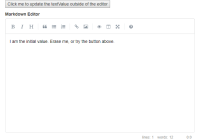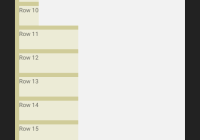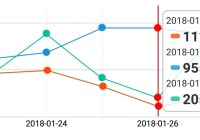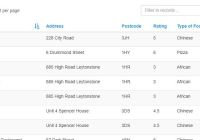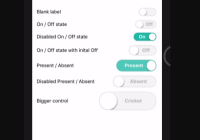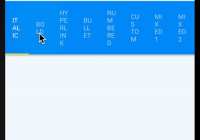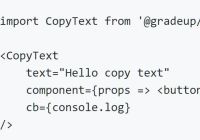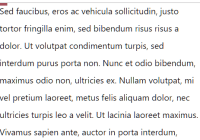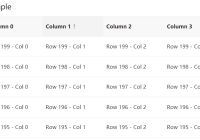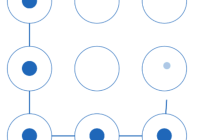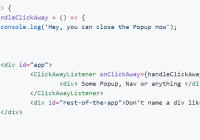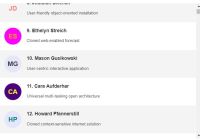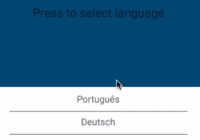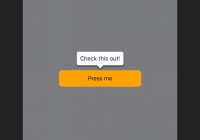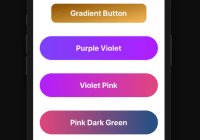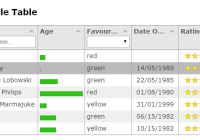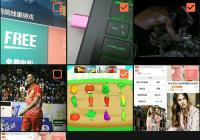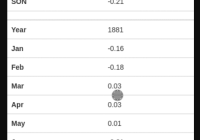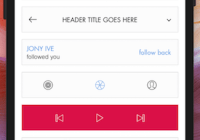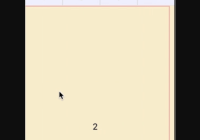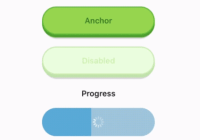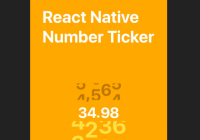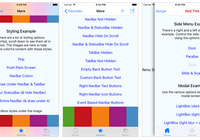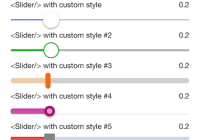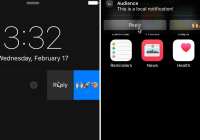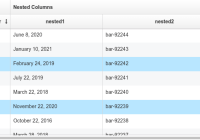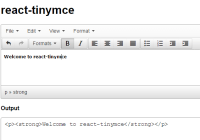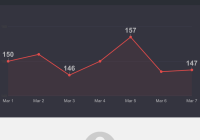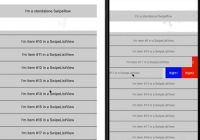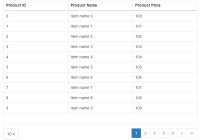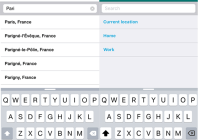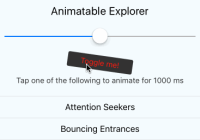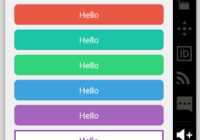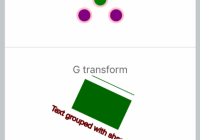React Animated Views
A higher order component to make mobile animated page views easier with react-router
npm install react-animated-views --save
(for now, until I publish it... has to be npm install https://github.com/devgeeks/react-animated-views --save)
It has a very small API overall. It comes down to setting up your routes, wrapping your components in the higher-order component, and using the push() and pop() methods passed in to this.props instead of the usual react-router versions.
Built in animations available (custom animations coming soon):
- slideLeft
- slideUp
- popFade
this.props.push(pathname, animation):
e.g.: push('/two', 'slideLeft');
this.props.pop(<optional animation>):
e.g.: pop() or pop('popFade');
Sometimes when switching animations, the pop() will also need the animation passed in.
this.props.style:
e.g.: <div style={ style }>
Styles passed in to do the actual animations
Basic example
See full example in the examples folder.
import React from 'react'; import ReactDOM from 'react-dom'; import { hashHistory, Redirect, Router, Route } from 'react-router'; import TransitionGroup from 'react-addons-transition-group'; // bring in the higher order component from react-animated-views import animateView from 'react-animated-views'; // Top level App component for transitioning the page components const App = React.createClass({ displayName: 'App', render() { const { location: { pathname: key, action: direction }, } = this.props; const props = { key, direction: direction.toLowerCase(), }; return ( <TransitionGroup> { React.cloneElement(this.props.children || <div />, props) } </TransitionGroup> ); }, }); // Page One component const PageOne = React.createClass({ displayName: 'PageOne', propTypes: { push: React.PropTypes.func, style: React.PropTypes.object, }, goToPageTwo() { const { push } = this.props; push('/two', 'slideLeft'); }, render() { const { style } = this.props; return ( <div className="pageone" style={ style }> <p>Page One</p> <a className="button-next-page" onClick={ this.goToPageTwo } > Slide Left to page two » </a> </div> ); }, }); // Now, wrap PageOne in the animateView higher order component const AnimatedPageOne = animateView(PageOne); // Page Two component const PageTwo = React.createClass({ displayName: 'PageTwo', propTypes: { push: React.PropTypes.func, style: React.PropTypes.object, }, goBack() { const { pop } = this.props; pop('slideLeft'); }, render() { const { style } = this.props; return ( <div className="pagetwo" style={ style }> <p>Page Two</p> <a className="button-back" onClick={ this.goBack } > « Go back to to page one </a> </div> ); }, }); // Now, wrap PageTwo in the animateView higher order component const AnimatedPageTwo = animateView(PageTwo); // Finally we set up our routes ReactDOM.render(( <Router history={ hashHistory }> <Route component={ App }> <Route path="one" component={ AnimatedPageOne } /> <Route path="two" component={ AnimatedPageTwo } /> <Redirect from="/" to="/one" /> </Route> </Router> ), document.getElementById('app'));





